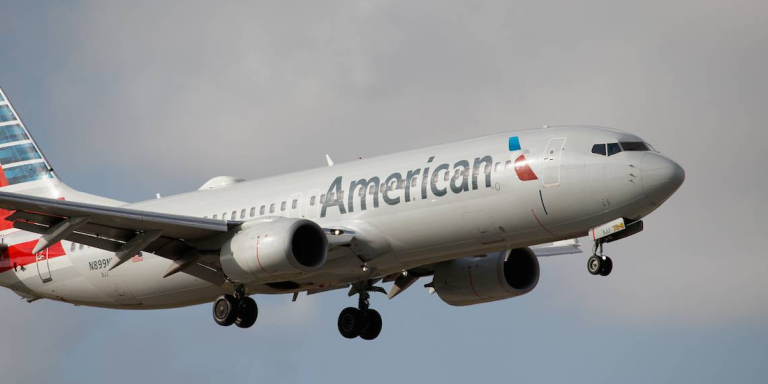
The story of American Airlines, from its 1926 mail beginnings to its leadership in global aviation, is one of innovation, resilience, and transformation
New York, N.Y. — The roots of American Airlines stretch back to an era when aviation was as much about daring as it was about delivery.
In 1926, legendary aviator Charles Lindbergh—then chief pilot for the Robertson Aircraft Corporation—took off from St. Louis to Chicago, carrying a bag of mail and launching what would become a historic journey. This flight was part of a government contract under the Air Mail Act of 1925, which aimed to foster a reliable air transportation network across the United States.
Beginnings in the Age of Airmail
By 1930, a patchwork of small carriers, including Robertson, consolidated to form American Airways, Inc. This move, driven by the need for efficiency and reliability, marked the beginning of a unified approach to commercial aviation in the U.S. The company quickly expanded its mail and passenger services, operating a transcontinental network that connected 72 cities by 1933.

Transformation and Innovation: The C.R. Smith Era
The pivotal year of 1934 saw American Airways rebranded as American Airlines. This transformation was more than cosmetic—it signaled a shift from mail to passenger service and set the stage for the airline’s ascent as an industry leader. The appointment of C.R. Smith as president brought visionary leadership. Smith’s collaboration with aircraft manufacturer Donald Douglas led to the development and commercial debut of the legendary Douglas DC-3 in 1936.
The DC-3 was a game-changer: it allowed airlines to profit solely from passenger fares, breaking the industry’s reliance on mail contracts. American Airlines’ “Flagships” became synonymous with luxury and reliability, and the airline introduced the Admirals Club—the world’s first airport lounge—at New York’s LaGuardia Airport in 1940. These innovations set new standards for customer experience and operational excellence.
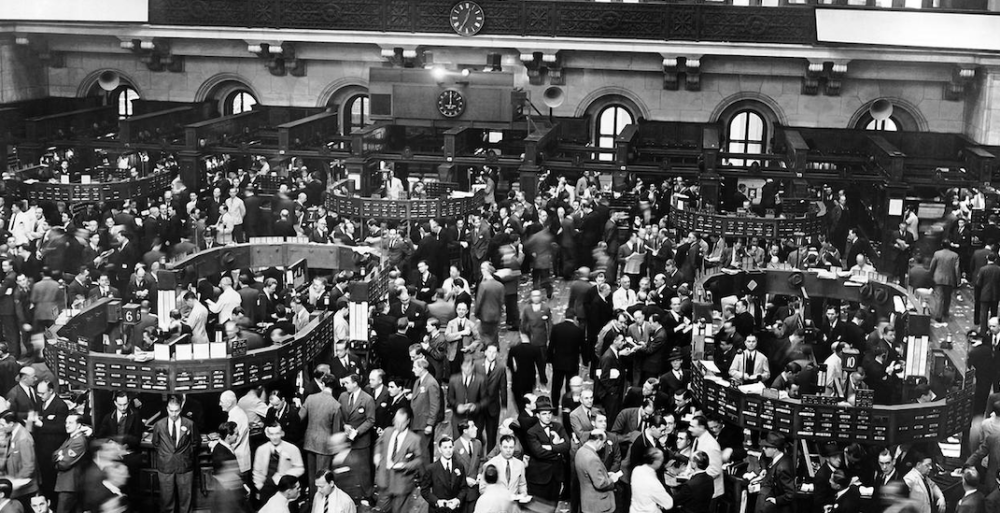
Growth Through Mergers and Milestones
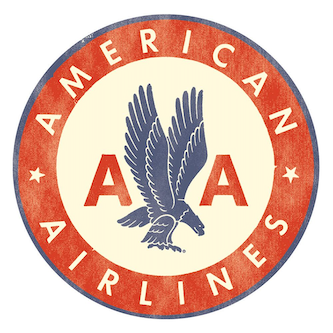
Throughout the mid-20th century, American Airlines continued to expand its reach and influence. After World War II, it acquired American Export Airlines (renamed American Overseas Airways) to serve Europe, although this division was later sold to Pan Am.
The airline began trading on the New York Stock Exchange in 1939, cementing its status as a major player in the U.S. economy.
Strategic mergers fueled further growth. In 1970, American merged with Trans Caribbean Airways, opening new Caribbean routes.
The 1980s and 1990s saw the integration of carriers like Air California, Reno Air, and, most notably, Trans World Airlines (TWA) in 2001—a move that expanded American’s network and solidified its position as a global powerhouse.
The 2013 merger with US Airways created the world’s largest airline at the time, blending fleets, hubs, and expertise while retaining the iconic American Airlines name.
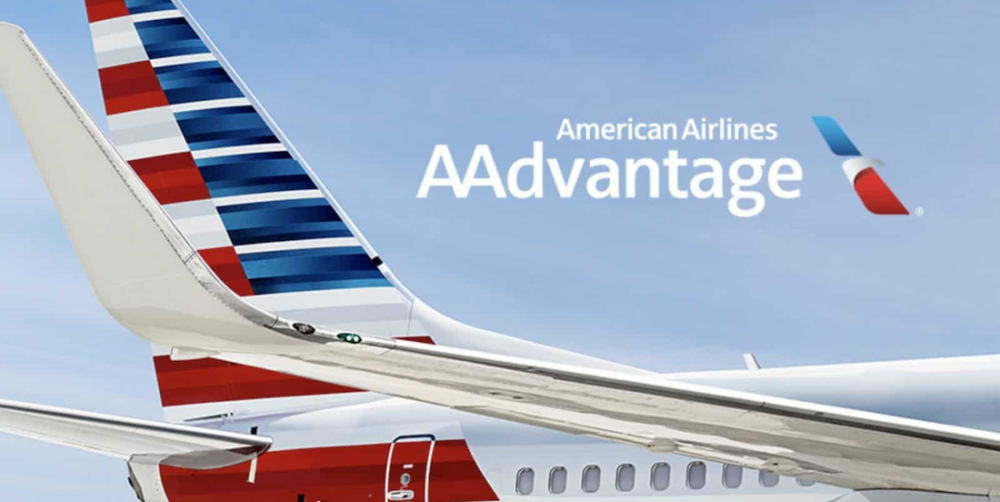
Pioneering Customer Service and Loyalty
Innovation at American Airlines has never been limited to aircraft. The airline was the first to introduce airport lounges (1940), the first to operate scheduled air cargo flights (1944), and the first to hire a female pilot at a major U.S. airline—Bonnie Tiburzi Caputo in 1973. In 1981, American launched AAdvantage, the world’s first airline loyalty program, revolutionizing how airlines built relationships with travelers.
Discounted SuperSaver fares in 1977 made air travel accessible to more people, while the introduction of the American Eagle regional system in 1984 connected smaller communities to the global network. By 1991, American Airlines had served its one billionth customer, a testament to its enduring appeal and broad reach.
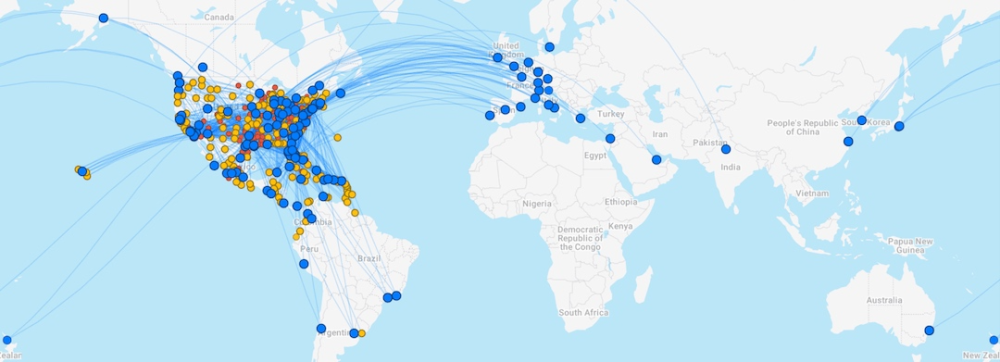
Embracing the Digital Age
In recent years, American Airlines has led the way in digital transformation and sustainability. The airline’s investment in technology—estimated at $1.7 billion annually—has driven innovations like AI-powered gate assignment, which reduced planning time from four hours to just 2.5 minutes, saving fuel and cutting CO₂ emissions. Strategic partnerships with tech giants have enabled cloud migration, advanced weather prediction, and big data analytics, all aimed at improving operational efficiency and customer satisfaction.
American’s pragmatic approach to innovation—embedding new technologies into existing systems and running focused pilot programs—has allowed it to modernize without sacrificing reliability or safety. These efforts underscore the airline’s commitment to leading the industry into a smarter, more sustainable future.

Looking Ahead: The Legacy Continues
From its humble beginnings as a mail carrier to its current status as a global aviation leader, American Airlines embodies the spirit of innovation, resilience, and service. Its story is woven into the fabric of U.S. history, marked by milestones that have shaped not just air travel, but the way people connect across continents.
As American Airlines approaches its centennial, it continues to adapt, embracing new challenges and opportunities with the same pioneering spirit that launched its first flight nearly a century ago.
AA’s Century-Long Flight: From Mail Runs to Global Aviation Giant (June 29, 2025)
#AmericanAirlines #AviationHistory #FlightInnovation #TravelLeaders #AirlineMilestones
#USAirlines #AAdvantage #AviationInnovation #GlobalTravel #AmericanWay
TAGS: American Airlines, aviation history, U.S. airlines, airline innovation, airline mergers,
AAdvantage, DC-3, global aviation, passenger service, air travel milestones
Summary for Audio File (75 words):
American Airlines’ journey began in 1926 with a single mail flight and evolved into one of the world’s largest airlines. From pioneering the DC-3 and launching the first airport lounge to introducing loyalty programs and embracing digital innovation, American Airlines has shaped the modern aviation landscape. Its history is marked by bold leadership, strategic mergers, and a relentless drive to connect people and places, making it a true icon of U.S. and global air travel.
